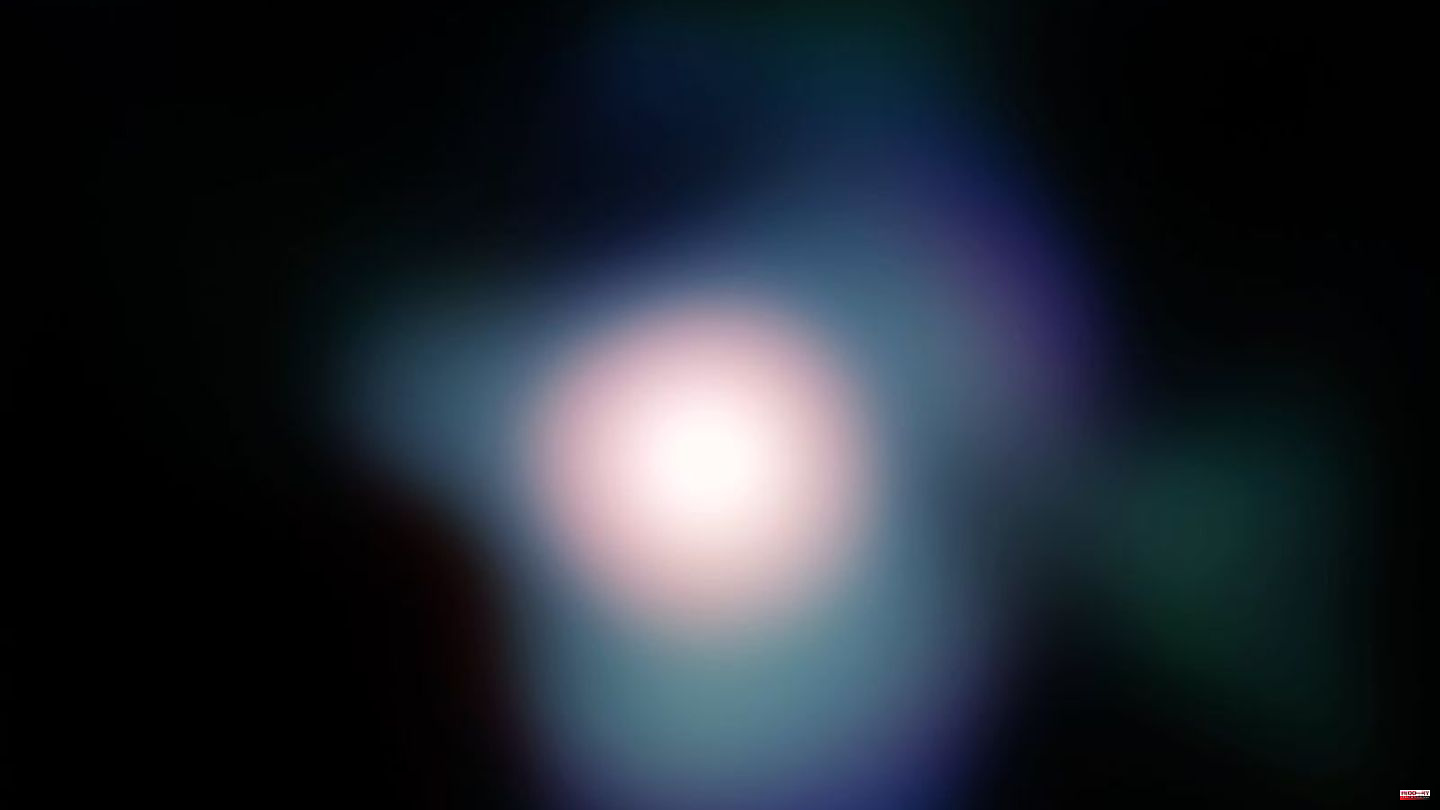Astrophysicists from the Friedrich Schiller University (FSU) Jena, together with colleagues from other countries, have discovered that the red supergiant Betelgeuse appeared yellow-orange to observers on Earth 2000 years ago. The scientists had succeeded in chronologically classifying the color change, the FSU announced on Monday. The scientists report their results in the journal "Monthly Notices of the Royal Astronomical Society". Betelgeuse is one of the brightest stars to be seen in the night sky.
As the FSU explained, as nuclear fusion progresses inside a star, its brightness, size and color change. Astrophysics can read information about the age or mass of a star from these properties. Stars with significantly more mass than the sun appear blue-white or red - the transition to red via yellow and orange happens relatively quickly by astronomical standards.
To determine that Betelgeuse from the constellation Orion did not appear red 2000 years ago, the researchers used various historical sources. The color of the star was described as yellow around 100 BC, and 100 years later as yellow-orange. In the 16th century it was reported that Betelgeuse surpassed Aldebaran in redness, which is one of the brightest shining stars. Today, Betelgeuse has finally almost reached Antares in terms of brightness and color, which has been compared to Mars in terms of color for thousands of years.
Supernova in 1.5 million years
From the traditions and with theoretical calculations, the researchers can conclude that Betelgeuse "has about 14 times more mass than our sun - and the mass is the decisive factor for the development of a star," explained FSU researcher Ralph Neuhäuser. He is 14 million years old and is in the final phase of his development. And the end is also foreseeable: "In about 1.5 million years it will finally explode as a supernova."
The sky hunter Orion is the most famous winter constellation. The two brightest stars there are reddish Betelgeuse and blue-white Rigel. In the winter of 2019/2020, an unusual astronomical phenomenon caused a stir: the brightness of Betelgeuse decreased by up to two-thirds for several weeks. Many astronomers saw this as an indication that the star was about to explode. Researchers later explained that the "great blackout" was actually triggered by a large cool spot. As a result, a veil of dust formed in front of the star. In April 2020, Betelgeuse shone again with its usual brightness.
Observing a supernova in our Milky Way would be a sensation for astronomers - the last opportunity to do so was in 1604, before the invention of the telescope. Therefore, the sky researchers were electrified by the surprising decrease in brightness of Betelgeuse, because theoretical models predict such a phenomenon immediately before an explosion.












